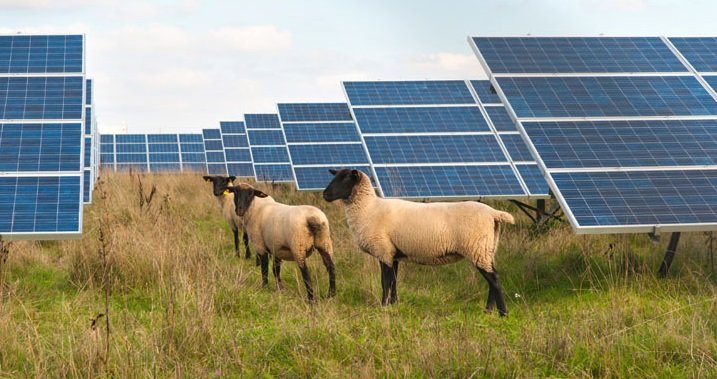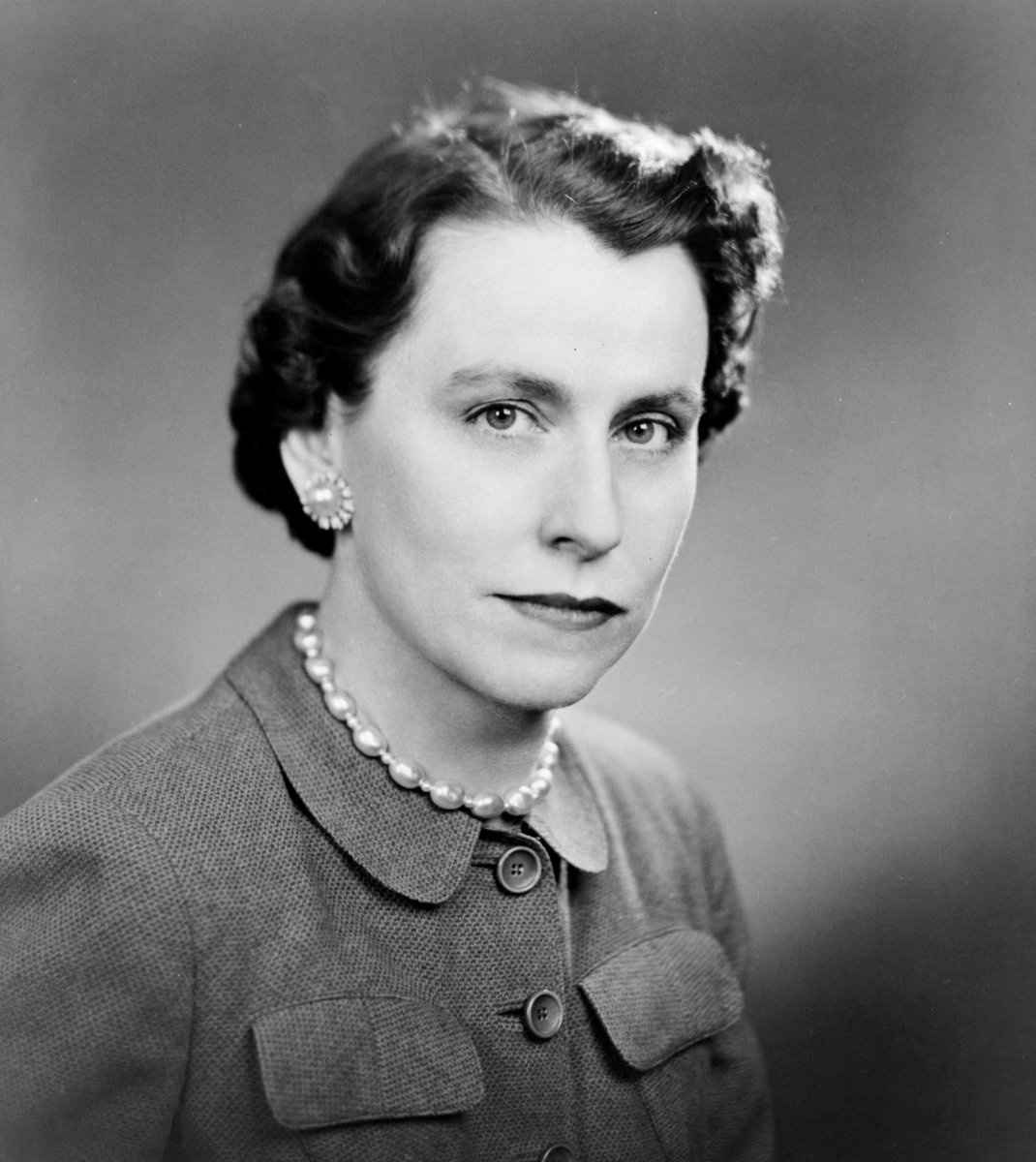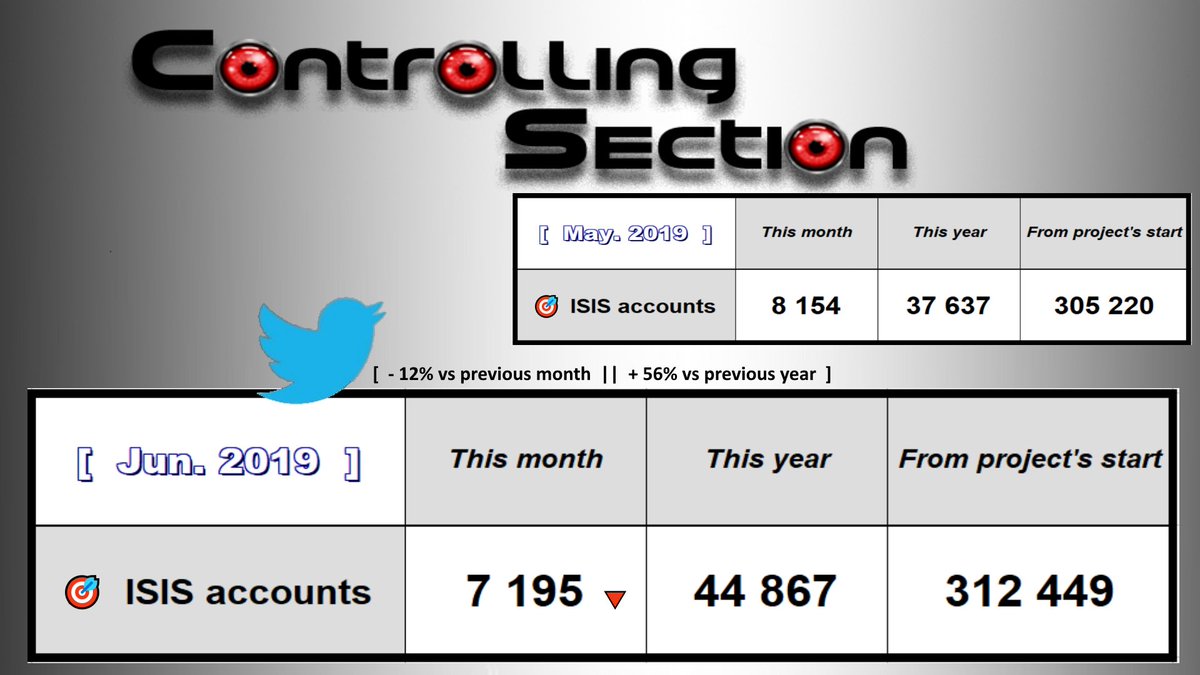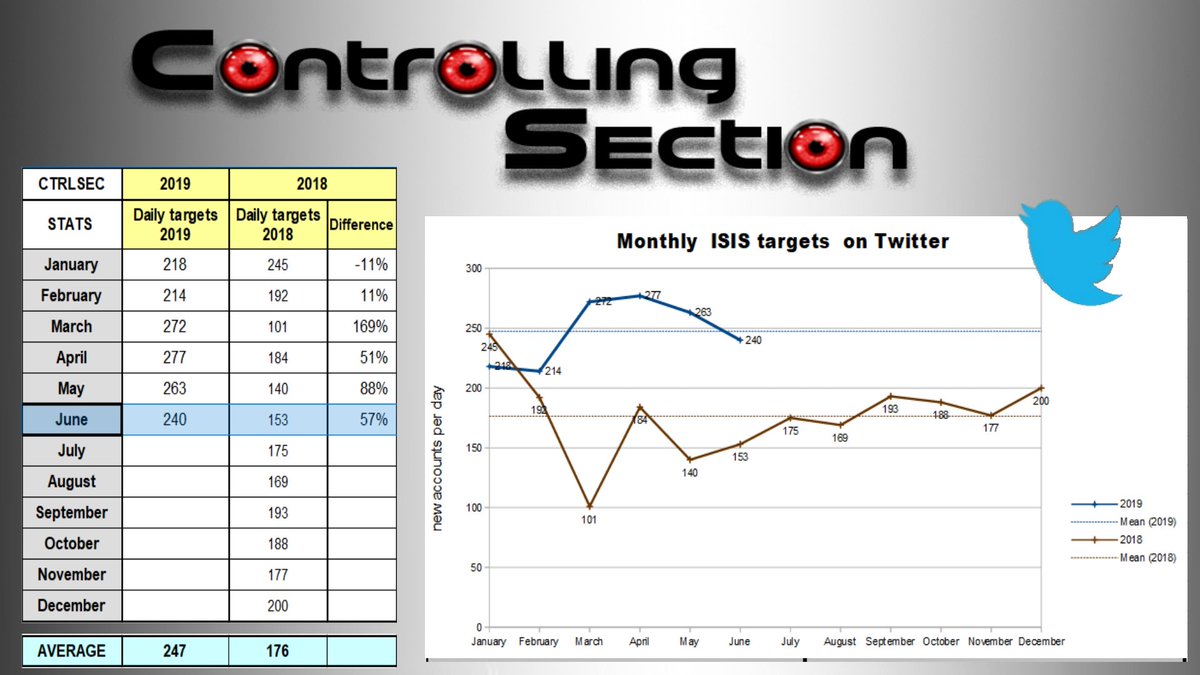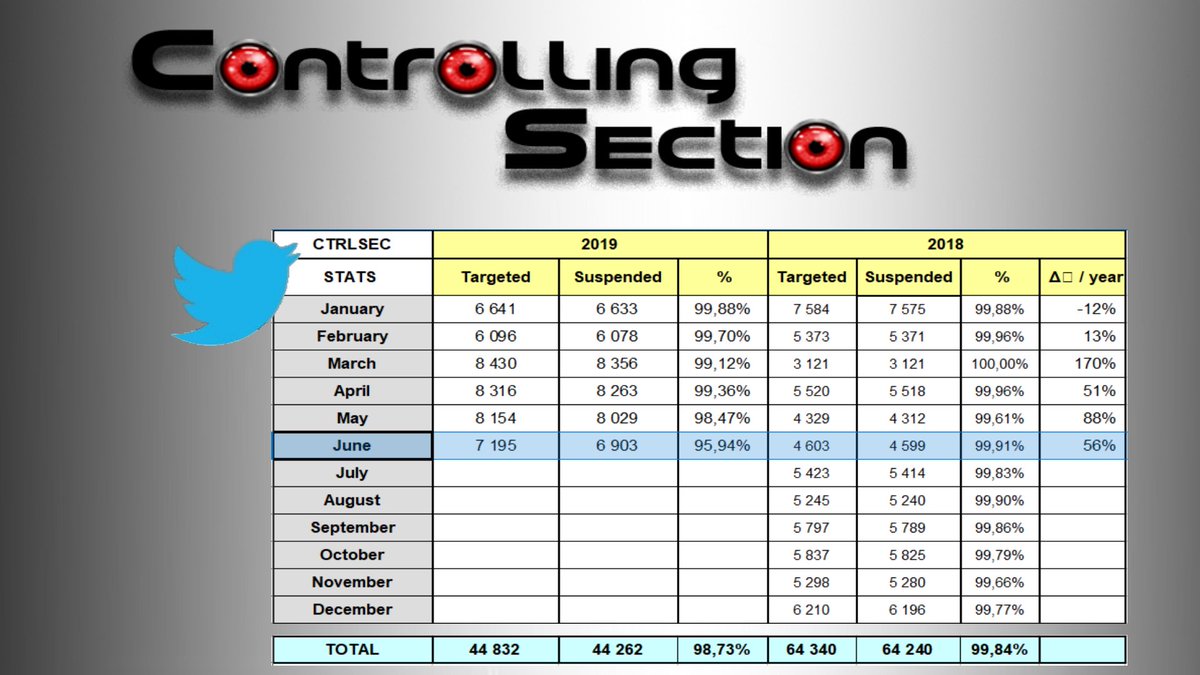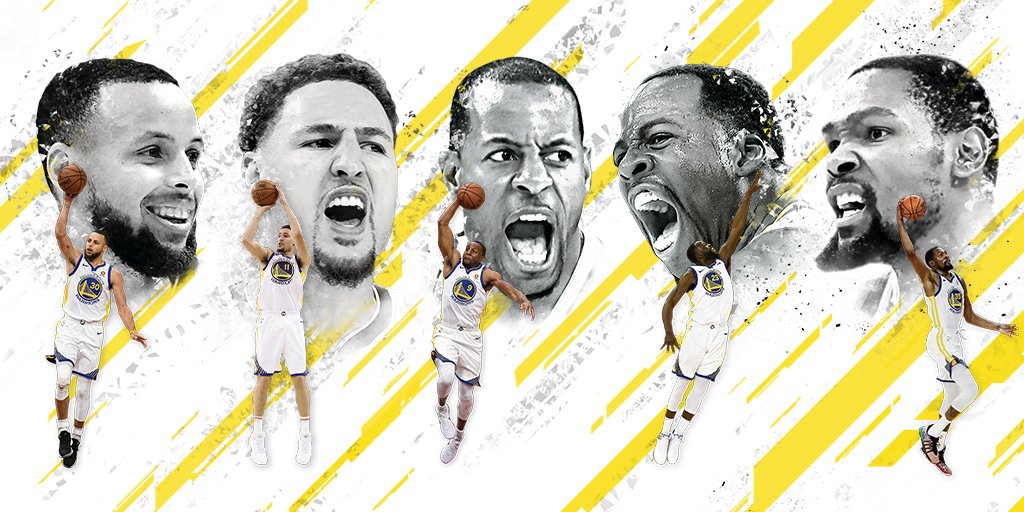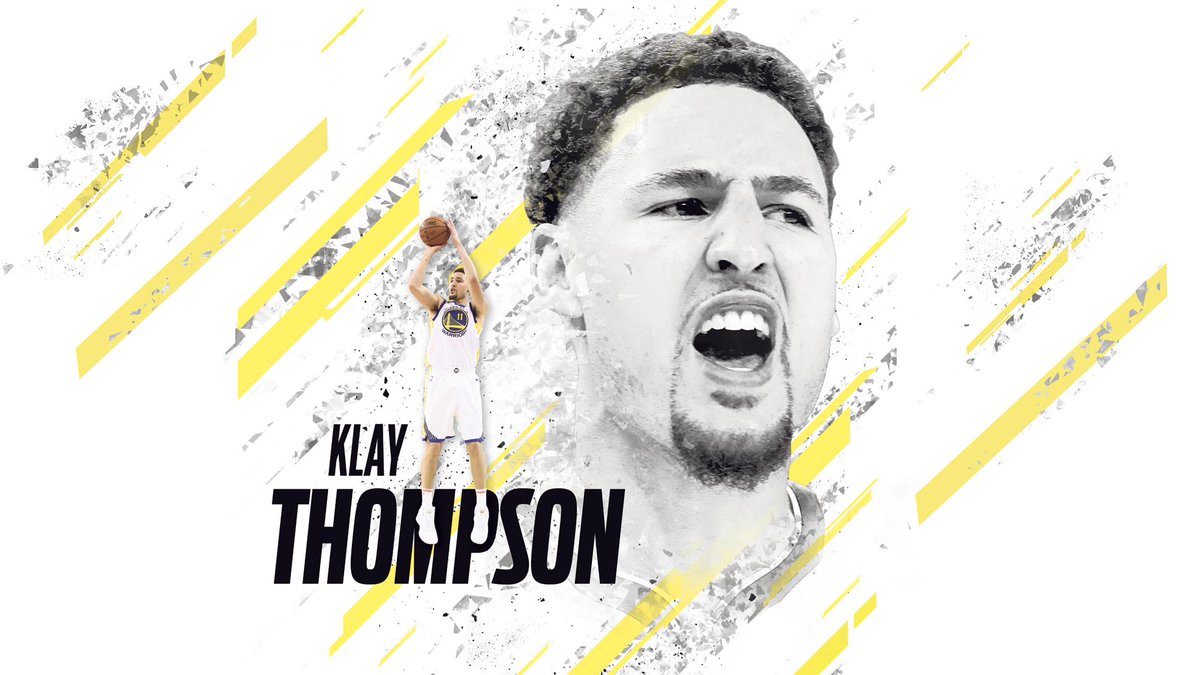And why everyone who goes rah-rah about women warriors and swordswomen and whatnot has less than a clue about the realities of combat.
/1
We're talking about female warriors in a pre-industrial setting. A time and place without firearms, the internal combustion engine, or other conveniences. This makes melee combat the rule, not the norm.
In other words: historical combat.
/2
A pre-industrial soldier needed superior strength and endurance just to GET to the battlefield. /3
A load like this, carried over so many miles, will blow out backs and joints, especially in the lower extremities. /4
lermagazine.com/article/stress…
/5
Which means she has to be a genetic anomaly, somewhere in the top 1% of women.
Now consider that Olympian female athletes are as strong as their 14-year-old male counterparts... /6
And even then, science tells us that she isn't going to outmuscle men.
No elfin waifus for you.
/7
They'll spend hours and hours standing still or maneuvering around local terrain, securing strategic advantages.
Under the hot sun. In full kit. With inconsistent resupply.
/8
Wait for the enemy to come to them.
OR
Go forth to meet the enemy.
/9
But you can't always choose to fight a defensive battle, so you must train for the offense. /10
The only saving grace is that their nonessential supplies would be left in the rear, with the baggage train. /11
Combat usually opens with long-range missile weapons. Javelins, arrows, slingshots, darts. To weather this storm, the troops must approach the enemy with tight formations and shields raised.
Which is exhausting. /12
They'll have to survive this storm of missiles for a long time. And THAT means they need to hold up heavy shields for a long time.
BEFORE combat.
/13
Depending on the setting and time period, melee combat proper begins at spear range. What usually happens is push of pike.
reddit.com/r/AskHistorian… /14
Push of pike, once again, requires upper body strength (to handle the polearms) and muscular endurance (to push and bat about.) /15
A skilled soldier might kill his counterpart on the other side. But that man will be quickly replaced by the one behind him.
/16
There is no place for lone heroes in a spear wall. Only soldiers who will hold the line in the face of a forest of sharpened steel.
/17
In the West, a block of armed men will slam into another block. The shield wall must hold. If it collapses, everyone in the block is at risk. It's organized close-quarters butchery. /18
Keep this in mind as we discuss space. /19
This is how soldiers might have fought on the battlefield. Xingyiquan was theorized to have been derived from military spear work, to be used in tightly-packed formations.
The linearity of the style comes from the LACK of space. /20
You might be able to retreat, if there's a gap between you and the man behind you.
You have no room to move to the left or right.
This defines your fight strategy. Namely, crash into the enemy and overwhelm him. Fast. /21
Space to maneuver around the enemy. Space to employ deceptions, tricks, and footwork.
Space that might allow a female pugilist to survive combat with a male.
Space that is NOT found on the battlefield. /22
But she acknowledges that her art is mostly irrelevant outside the context of mid-range sword duels.
Look at how much space they need.
/23
If he's in armour, you need to throw him down, stab him to death, and move on.
This requires strength and endurance.
/24
Brute strength and stamina counts more than skill.
And even a 1% woman can't match her male counterpart. /end
This thread is focused primarily on the battlefield, because this is where warriors go. But it only covers a small portion of the full spectrum of combat.
Let me know if you're interested in analysis of the other realms of combat and how a woman warrior might fare.





